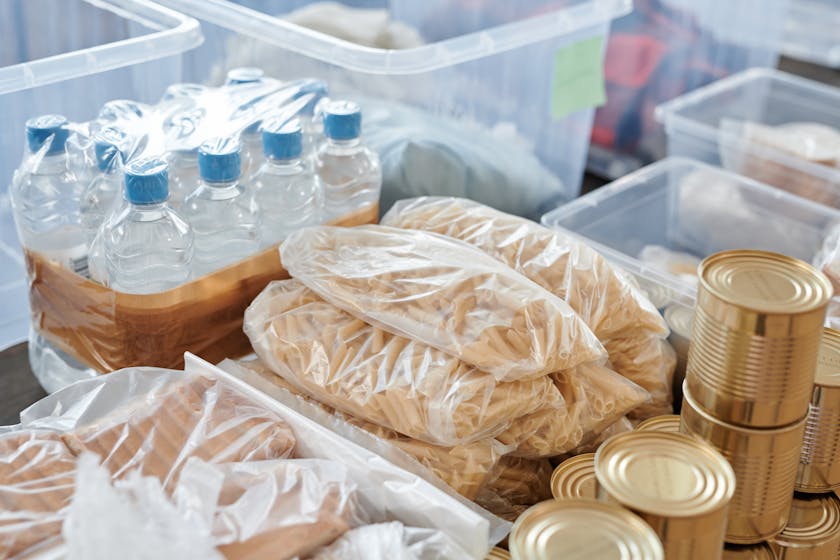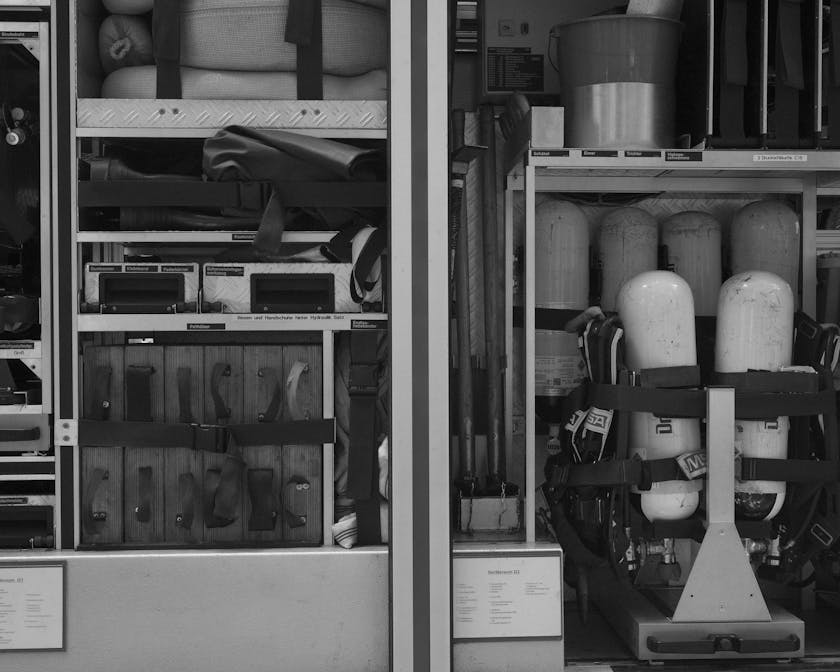In the quest for emergency preparedness, bulk meal storage plays a critical role in ensuring you have the sustenance needed during unexpected situations. Whether it’s a natural disaster, power outage, or other emergencies, having a well-thought-out food storage plan can provide peace of mind and much-needed resources when grocery store trips are not an option. Here is a comprehensive guide to help you effectively manage your bulk meal storage for emergency preparedness.
Understanding the Basics of Bulk Meal Storage
Before you start purchasing large quantities of food, it’s important to understand what types of foods are best for bulk storage and how to store them properly. Foods that have long shelf lives and require minimal preparation are ideal for emergency food storage. These include:
- Dried grains like rice, wheat, and oats
- Canned goods such as vegetables, fruits, and meats
- Dried legumes, including beans, lentils, and peas
- Powdered milk and dried eggs for protein
- Nuts and seeds for healthy fats
Once you have your food items selected, it’s critical to store them in airtight containers in a cool, dark, and dry place to maximize their shelf life and maintain nutritional value.
Selecting the Right Storage Containers
Investing in high-quality storage containers is essential for maintaining the integrity of your bulk foods. Look for options that are:
- Durable and rodent-proof
- Made from food-grade materials
- Equipped with airtight seals
Containers like Mylar bags with oxygen absorbers, food-grade buckets with gamma lids, and vacuum-sealed bags are popular choices among preppers and those serious about emergency preparedness.
Organizing Your Bulk Meal Storage Space
Effective organization is key to a successful bulk meal storage system. Organize your space so that older items are used first, and newer purchases are placed towards the back. This “first in, first out” principle ensures that you’re consuming food items while they’re still fresh and at their peak quality.
Labeling and Inventory Management
Keep a detailed inventory of your stored items, including expiration dates, quantities, and locations. Label each container with the contents and the date of purchase. Regularly check your inventory to rotate items and replace anything that is approaching its expiration date.
Preparing Meals from Your Bulk Storage
Having a stockpile of food is one thing, but knowing how to turn those ingredients into nutritious and tasty meals is another. Familiarize yourself with recipes that can be made from the ingredients in your storage. Consider practicing these recipes periodically to ensure they meet your family’s dietary preferences and needs.
Meal Planning and Practice Runs
Conducting “practice runs” of cooking with your stored food will help you refine your meal plans and ensure you’re prepared to use these items in an emergency. It also helps identify any additional spices or condiments you might want to include in your storage.
Remember, the goal of bulk meal storage for emergency preparedness is not just to survive, but to maintain a sense of normalcy and comfort during stressful times. With the right approach, you can build a comprehensive bulk meal storage system that will serve you well in any emergency.
Maintain your emergency preparedness with a well-organized, nutritious bulk meal storage system that ensures your family’s needs are met, even during the most challenging circumstances.




